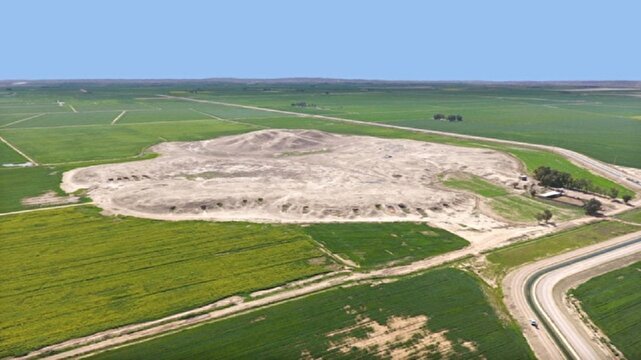Ancient sites, ruined monuments in Dehloran undergo restoration

TEHRAN – Work to restore and document historical sites and ruined structures has begun across Dehloran plain in the western province of Ilam, the provincial tourism chief announced on Sunday.
A budget of one billion rials ($23,800 at the official exchange rate of 42,000 rials per dollar) has been allocated to the project, Abdolmalek Shanbehzadeh said.
Dehloran plain is one of the most significant areas of the country where a lot of archeological excavations and surveys have been carried out so far, the official added.
However, the beginning of the Iran-Iraq war (1980-1988) and land leveling for agricultural purposes over the past two decades have caused irreparable damage to the ancient sites across the plain, he explained.
He also noted that with a budget of two billion rials ($47,000), an archeological survey and documentation project have recently been commenced on the historical sites.
The Dehloran plain is best known for the excavations conducted at several prehistoric sites, which elucidated the origins and development of sedentary agricultural villages and towns in the region, and for surveys documenting the history of settlement into the modern era.
As a relatively small and remote rural area, it has always been affected by political, economic, and technological developments in the adjacent regions of Khuzestan, the Zagros Mountains, and Mesopotamia. Beginning as early as the 3rd millennium BC and throughout its subsequent history, it was under the political control of kingdoms in one or another of these regions according to Iranica Encyclopedia.
Although no cuneiform texts have been found at any of the Dehloran sites, the most prominent mound, Tepe Musiyan, is possibly to be identified as ancient Urua, an Elamite city known from Mesopotamian texts.
Dehloran has been on a trade route linking the Zagros Mountains with Mesopotamia; in the 1st millennium, the route linking the Achaemenid capitals of Susa and Ecbatana passed through the region.
From the 18th century, Dehloran has been a winter resort for the local tribes.
ABU/AFM
